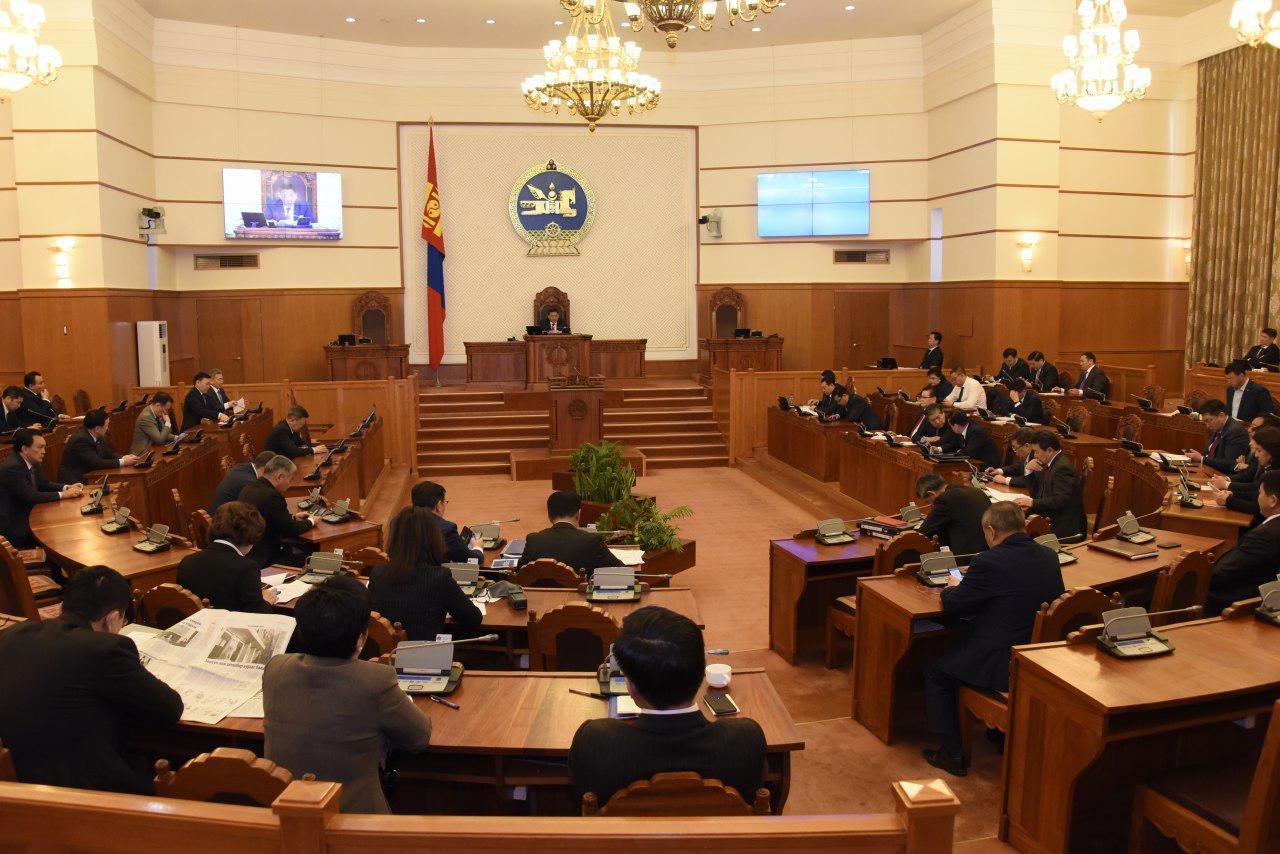A.Tleikhan: Amending the law can drastically lower renewable energy cost
The energy sector is struggling to develop green energy sources suitable to the country’s climate and consumption. Head of the Energy Regulatory Commission and State Merited Industrial Worker A.Tleikhan shared his solution for this challenge...
The energy sector is struggling to develop green energy sources suitable to the country’s climate and consumption. Head of the Energy Regulatory Commission and State Merited Industrial Worker A.Tleikhan shared his solution for this challenge.
Is it true that there’s a gap between the price of electricity produced by coal plants and the price of electricity produced through renewable energy?
In accordance with the Energy Law, the Energy Regulatory Commission sets tariffs on electricity and heat. It needs to follow the Renewable Energy Law to set tariffs on renewable energy too. Presently, the average price of a kilowatt of electricity is 145 MNT, while a kilowatt of solar-powered electricity costs 422 MNT. The same amount of electricity produced by wind turbines costs 230 MNT. Feed-in tariffs are set to reduce that price difference.
When the Renewable Energy Law was first amended in 2015, the feed-in tariff for a kilowatt of electricity was set at 3.95 MNT. However, the gap between energy tariffs and costs became larger as new solar energy plants and wind turbines were opened. This raised the feedin tariff to 11.88 MNT per kilowatt.
There’s risk that consumers will have to pay higher feed-in tariffs if companies licensed to build renewable energy sources build more plants.
Many experts are proposing to revise the law to cut down tariffs on renewable energy. How would investors react if the law is revised?
We met with renewable energy producers and discussed the current situation. We all know that the cost of technology that produce renewable energy is declining across the world, making renewable energy competitive against traditional energy sources such as coal and natural gas.
In order to correctly develop the renewable energy sector, it was globally recognized that consumers shouldn’t be burdened with additional costs. Newcom Solar Energy LLC, for example, has started constructing a large solar power plant. Announcing to “supply the cheapest energy in Mongolia”, the company offered to supply energy for 9.5 cents per kilowatt through contract. This is a step forward.
The Energy Regulatory Commission must ensure energy prices are mutually beneficial to consumers and license holders. Therefore, we’re working to protect the interests of both consumers and investors, deliver renewable energy to consumers without excessive financial burden, and make sure the energy sector is reliable and develops without adverse impact.
Amendments have been submitted to the Renewable Energy Law. What are the proposed changes?
Parliament members led by D.Damba-Ochir and D.Ganbaatar submitted a draft bill on amendments to the Law on Renewable Energy. It proposes to reduce tariffs on electricity generated by renewable energy sources, develop renewable energy sector, and create a competitive market.
If the bill is passed, the high rate for supplying regular electricity -- for 0.08 USD to 0.095 USD a kilowatt and solar power for 0.15 USD to 0.18 USD a kilowatt -- can be lowered to global rates. Amending the law, will drastically drop the price of renewable energy.
How should the renewable energy sector be developed in the long-run?
In any case, revising the existing law will provide opportunities to develop low-capacity sources of renewable energy, allow consumers to generate their own renewable energy sources, and provide heating via solar energy.
There’s a huge opportunity for developing the renewable energy sector by combining large solar and wind energy sources with accumulators. This will ensure stable operations in the future and open opportunities to export renewable energy.
Souce: The UB Post
28 Jan 2019






